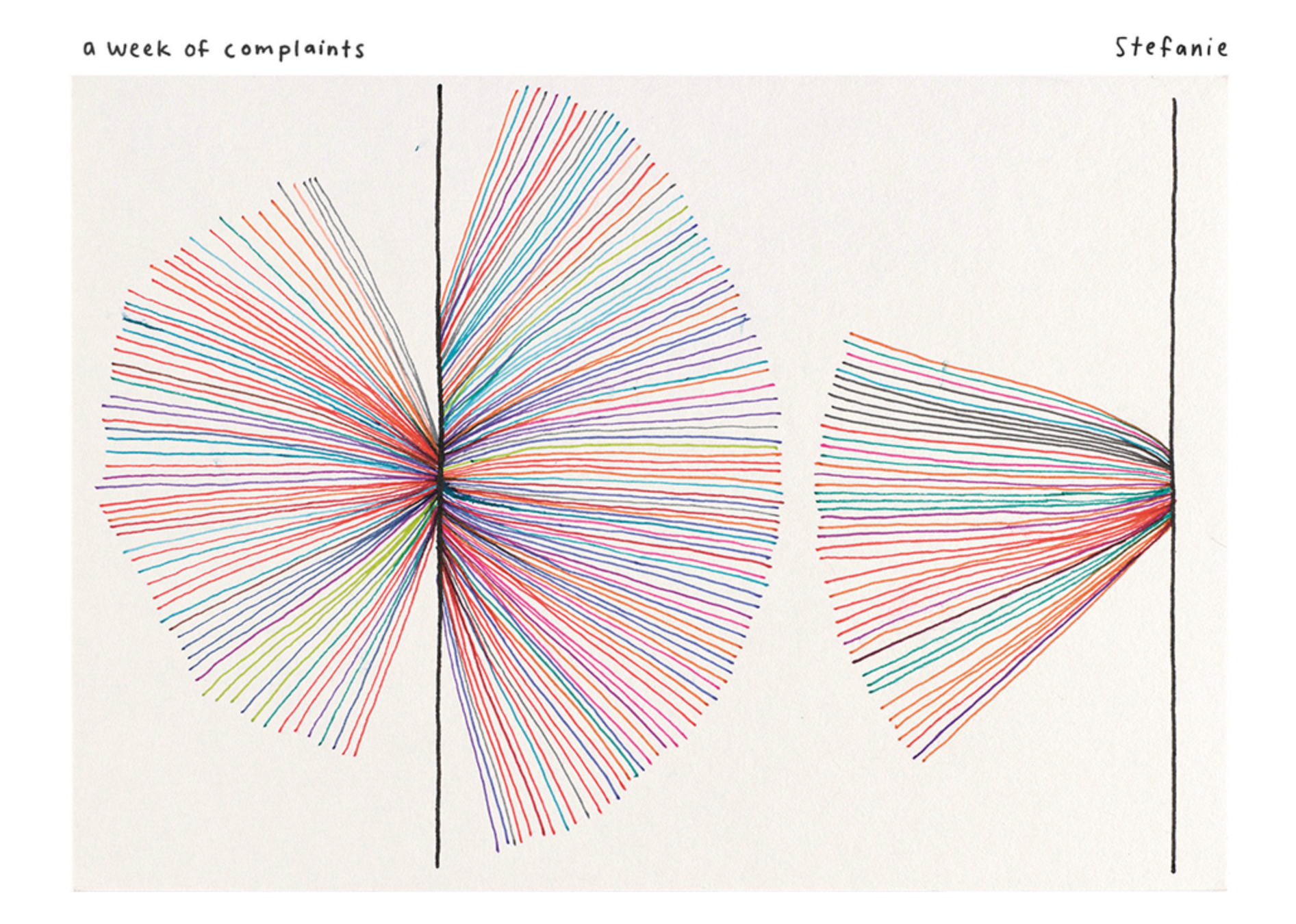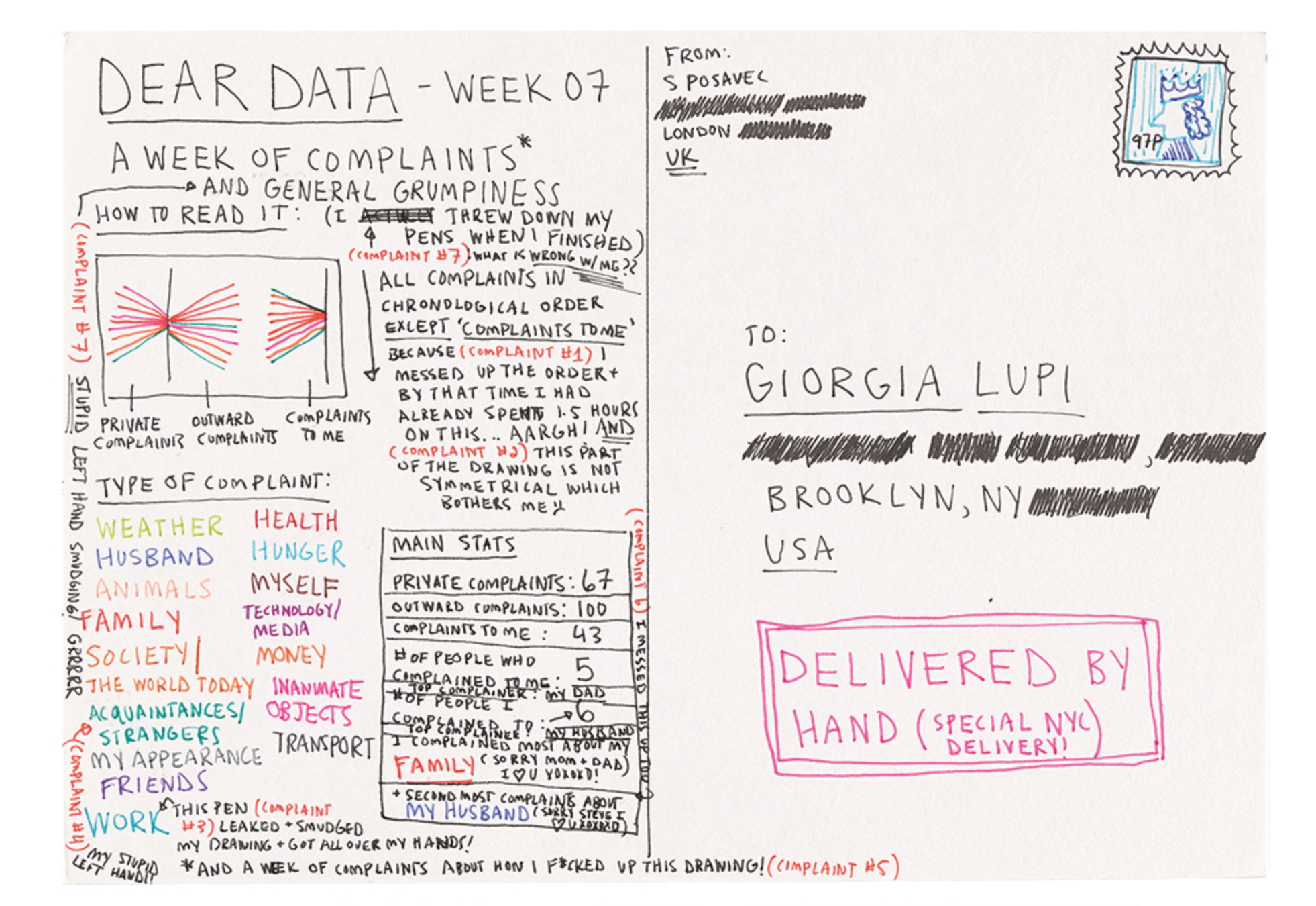Community Research & Quantitative Data
Friends, Peace, and Sanctuary
Sarah Elichko
Where does data come from?


the aggregation of individual responses
What can we learn from data?
(Census Americans = microdata)
Who can we learn about?
groups of people
neighborhoods
cities
metropolitan areas
counties
states
}
geographies
When should we place limits?
Considerations:
• Identifiability
• Sensitivity
• Risk
(ethical practice + data use)
Throughout the process:
• Collecting
• Curating (describing)
• Representing (analysis)
• Sharing (publishing)
Data Stories
Activity: Working with Philadelphia refugee arrivals data
Activity: Working with Philadelphia refugee arrivals data
Enter the following data for your year(s) into
the shared spreadsheet:
• Total refugee arrivals in Philadelphia
(note: county=city)
• Number of refugees from Iraq
• Number of refugees from Syria
Finding stories in the data
Looking at our dataset...
• What questions could you ask?
• What other data would you need?
• Changes over Time
• Interesting Factoids
• Surprising Connections
• Personal Experiences
• Revealing Comparisons
Browsing for Data
Where can you look for data?
Sources of data:
Range from easiest to most difficult
Tradeoff between ease and flexibility/control
You've already seen:
• Social Explorer (homework)
• Policy Map (language map)
• PA Refugee Resettlement Program
Where can you look for data?
Sources of data
- Easiest to most difficult
- Tradeoff between ease and flexibility/control
-
Published statistics from reports, news
// e.g. Migration Policy Institute, Pew, WHYY -
Curated data tools
// e.g. Social Explorer and Policy Map -
Creating custom data tables
// e.g. American FactFinder -
Working with raw data & microdata
// e.g. Integrated Public Use Microdata (IPUMS)
American Community Survey
(some examples)
Selected characteristics of foreign-born residents (by Asia, Eastern Asia, etc.) for Philadelphia County
Selected characteristics of foreign-born population by period of entry into the US for Philadelphia County
Western Asia includes Iraq and Syria
Tip: Stay Organized
Keep track of findings and sources as you go.
Community Research Informational Sheet (15% of final grade)
Due: Monday, March 5 by noon
“What’s the data; how do I present it? How does it add to Fouad’s and Yaroub’s stories?”
Students will be asked to work in groups of two to explore data on Syrian and Iraqi immigrant communities in Philadelphia. What kinds of questions can data sources answer directly or through further analysis? What questions are more difficult or impossible to answer? Consider what quantitative data can contribute to what we know about refugees in Philadelphia and determine the best mode to visually represent this data - (ex. A map, chart, multimedia). If you would like help with your research, please contact Sarah Elichko.
On a single poster, submit (1) a clearly stated research question, (2) a visual representation of the answer to the research question, and (3) any and all sources, in Chicago format.